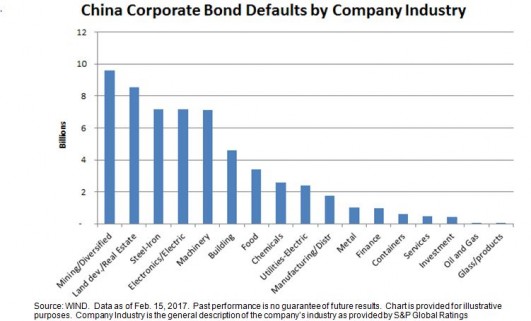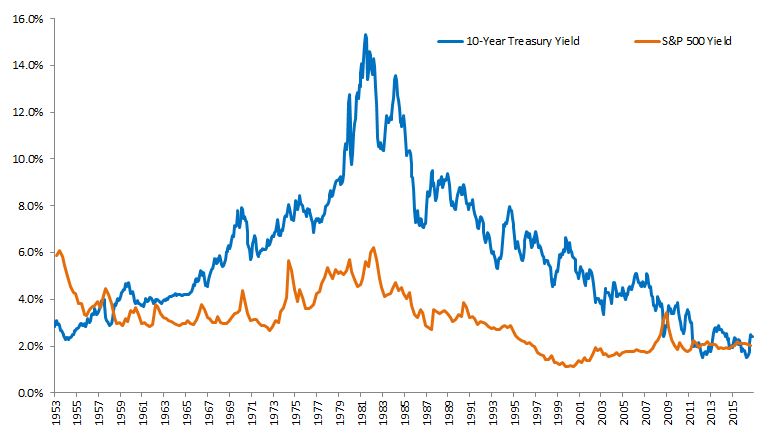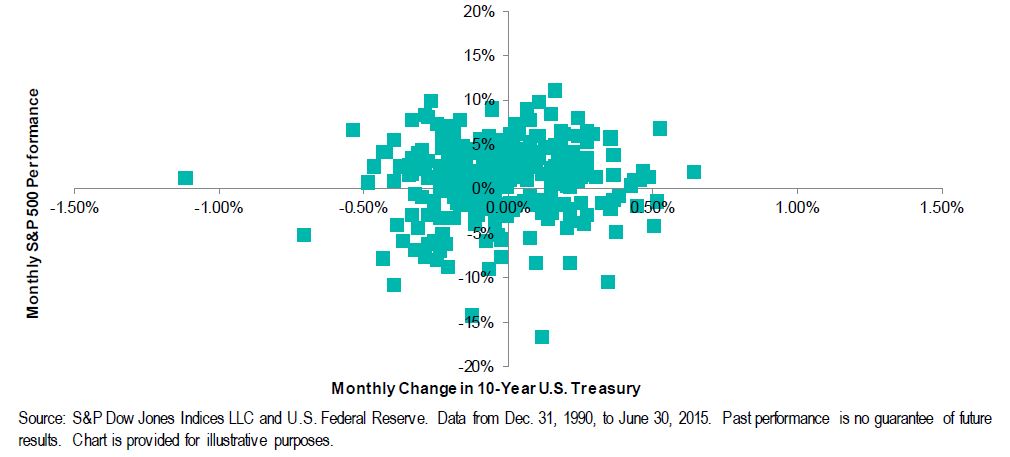November 9, 2016, was the day when the world witnessed two big unexpected events—one was Mr. Donald Trump winning the U.S. presidential election, and the second was the Indian Prime Minister Mr. Narendra Modi announcing that 500 and 1,000 rupee notes would no longer be considered legal tenders. Both of these events were expected to affect India in a big way.
On November 8, 2016, Mr. Narendra Modi came on national television and announced that at the stroke of midnight, 500 and 1,000 rupee notes would no longer be legal tenders. These notes constituted 86% of the total currency in circulation. This announcement was by far the boldest economic decision taken in recent years. The rationale for this unexpected decision was to remove counterfeit currency notes from the system, end the parallel black market economy, and digitize the Indian economy.
The old notes were proposed to be replaced with new 500 and 2,000 rupee notes. The deadline to deposit or change old notes was December 30, 2016 (50 days after the announcement). There were restrictions imposed on withdrawal, as it would take some time to release the new currency notes into the system. Millions of people rushed to banks and ATMs to deposit old notes and collect new ones, which were unfortunately in shortage. The unregulated cash economy had suddenly come to a standstill.
Demonetization was the topic of discussion across the length and breadth of India. While many supported this bold move, there were others who criticized it. Many people felt that it was a landmark decision that would have enormous benefits in the long run, while some argued that it was a decision that only caused inconvenience to the people, especially the poor.
We will analyze the effect of demonetization on the four leading S&P BSE Indices, the S&P BSE SENSEX, S&P BSE LargeCap, S&P BSE MidCap, and S&P BSE SmallCap.
| Exhibit 1: Index Total Returns | |||
| INDEX | INDEX VALUE ON NOVEMBER 08, 2016 | INDEX VALUE ON MARCH 14, 2017 | PERCENTAGE INCREASE |
| S&P BSE SENSEX | 38,829.29 | 41,516.06 | 6.92 |
| S&P BSE LargeCap | 3,874.84 | 4,141.88 | 6.89 |
| S&P BSE MidCap | 15,010.27 | 15,755.02 | 4.96 |
| S&P BSE SmallCap | 15,093.32 | 15,943.86 | 5.64 |
Source: S&P Dow Jones Indices LLC. Data from November 8, 2016 to March 14, 2017. Table is provided for illustrative purposes. Past performance is no guarantee of future results.
In Exhibit 1, we can see that all four indices have given a positive return. The returns of the S&P BSE SENSEX and S&P BSE LargeCap were higher than those of the S&P BSE MidCap and S&P BSE SmallCap post demonetization.
Exhibit 2: Index Total Returns
Source: S&P Dow Jones Indices LLC. Data from November 8, 2016 to March 14, 2017. Chart is provided for illustrative purposes. Past performance is no guarantee of future results.
From Exhibit 2, we can see that after the demonetization announcement, all four indices fell for about two weeks due to uncertainty in the economy. This was followed by a stable period of two weeks, during which markets even recovered. Nearing the cut-off date for depositing old notes (December 30, 2016), the markets again fell as there was uncertainty about the future due to the shortage of new currency in circulation. The S&P BSE MidCap and S&P BSE SmallCap fell more compared with the S&P BSE SENSEX and S&P BSE LargeCap, as the demonetization had a greater effect on smaller companies. Since January 1, 2017, the markets have been bullish and have continued the upward trend.
Considering the upward movement in all four indices post demonetization, as well as the recent state election results (especially that of Uttar Pradesh, where the Narendra Modi Government obtained majority), we can conclude that the demonetization decision has been backed by most people and it has generally had a positive impact on capital markets in India.
The posts on this blog are opinions, not advice. Please read our Disclaimers.




















































